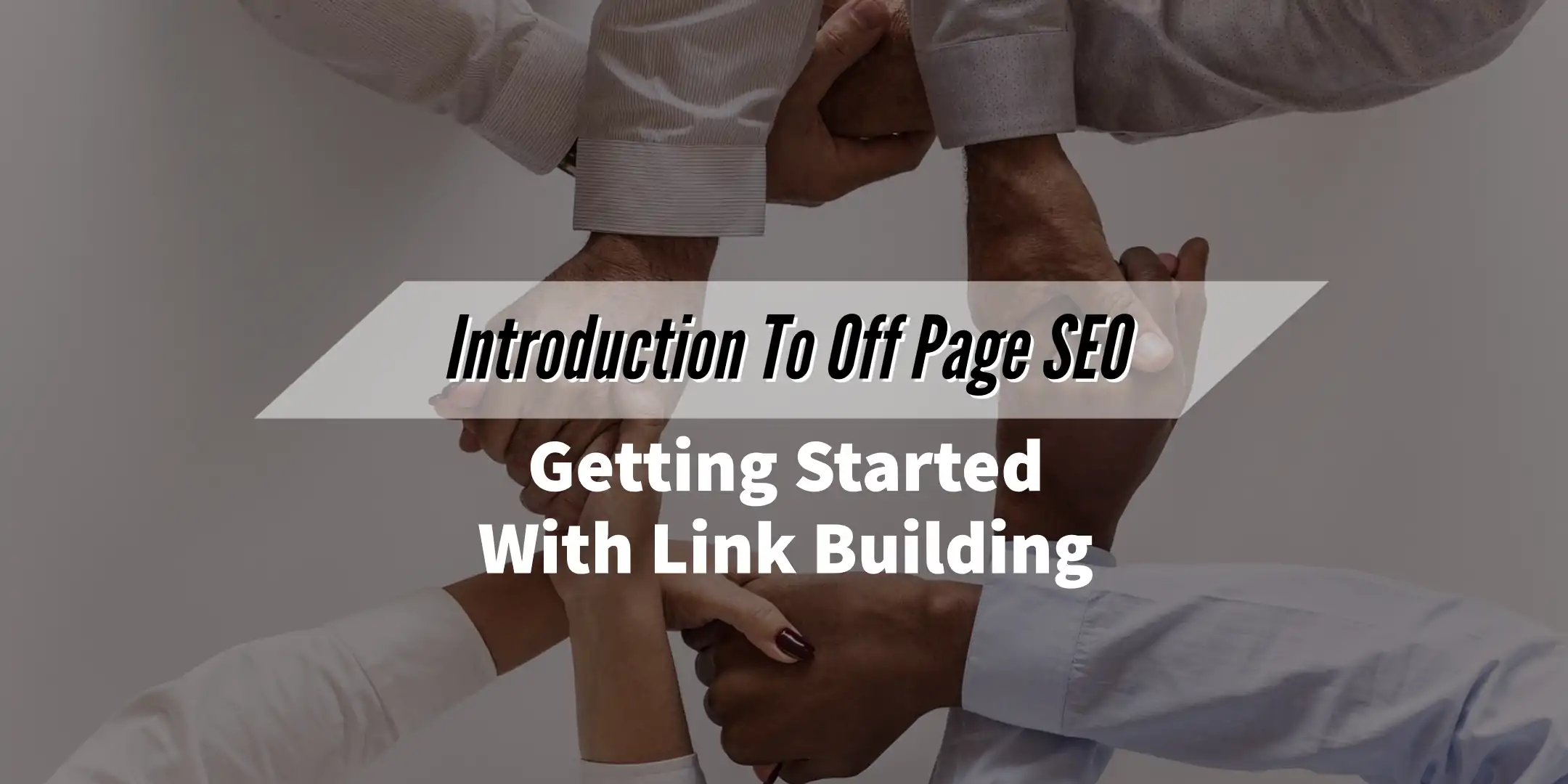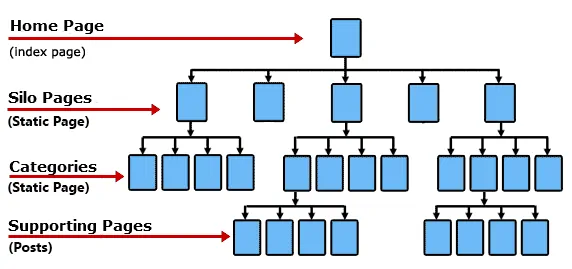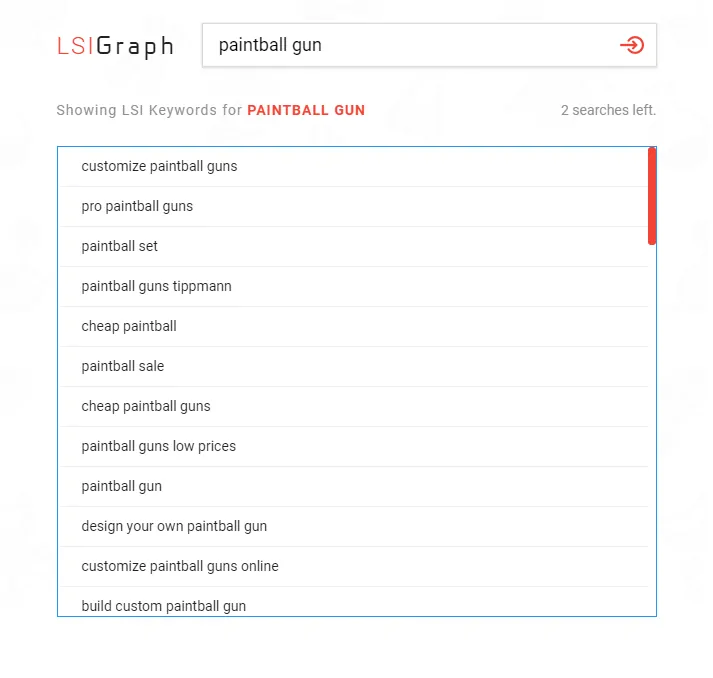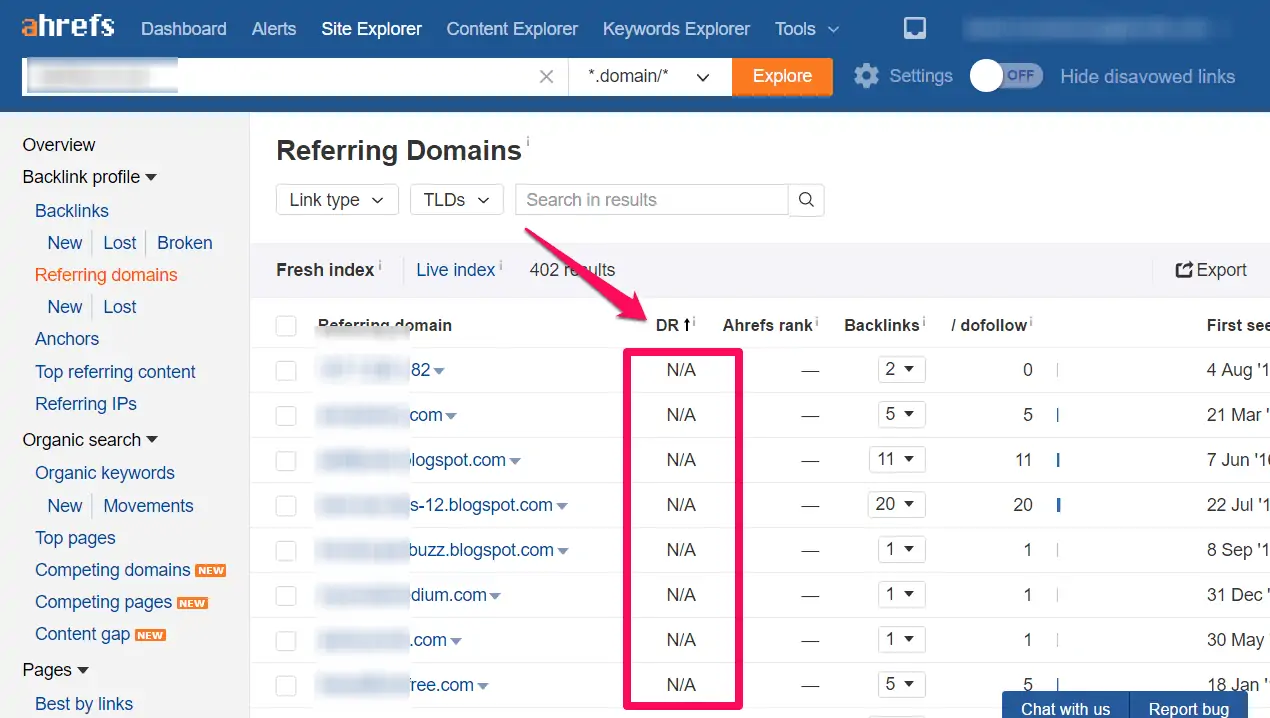A successful SEO campaign is based on two parts – the onpage and off page factors. Most website owners do fine with onpage factors as there are many tools and resources to help them properly optimize their site and pages. For these website owners, the real challenge lies in the off page factors. There’s a lot involved with off page SEO from creating content, distributing content, building social signals, to launching a link outreach campaign. So the question is – where do you start?
Table of Contents
Introduction To Off Page SEO
Most people that have had some experience with SEO know that a big part of off page SEO is acquiring links back to your site and its pages. But a lot has changed over the last few years. Google has attempted to moved away from ranking based on the number of links pointing to a site. They are looking at many things from brand mentions (non links), social signals, relevancy of links, to links from authority sites.
At the end of the day, links are still the main component of off page SEO. But getting results from your off page SEO requires that you set up a strong foundation. This foundation is based on several things like how your site structure is set up, your anchor text profile for a specific page, and the relevancy of the incoming links. Let’s break down each of these foundations so that you understand.
The best way to approach a SEO campaign is to create a single page for each target keyword you’re trying to rank for. From there, you’ll want to build links back to these individual pages. But in some cases, incoming links to these pages alone aren’t giving them enough ranking power. You need a good internal linking structure to pass the link juice from your home page.
The number of internal links (links from your site) pointing to these page tells Google of their significance. The best way to go about making sure all of your pages are getting enough internal link juice is to set up a silo structure. This structure basically breaks down your site into themed pages, categories and supporting pages. This can be enhanced further by contextually linking to pages within your own content and using bread crumb links as additional navigation.
The next foundation you want to focus on is ensuring that your pages and their incoming links are relevant pertaining to the keyword. A big part of onpage SEO today is proving that your page is indeed what you’re saying it’s about. In order to do this, you’ll need to come up with LSI keywords which are topically related keywords, and use them in your content. You can use tools like https://lsigraph.com/ to generate these keywords.
The second part of this is making sure that the links pointing back to your pages are related to those pages. For example, a page about laptops should have links from other domains and pages about desktops, laptops, Dell, ultra books, battery life, etc. The relevancy of the links are also determined by the content around the link. So you want the incoming link coming from a related article as opposed to a page with thin content. That’s why links from article directories, business directories, and social bookmarks no longer do much to help your rankings.
Having A Diversified Backlink Profile Is Imperative In SEO
Many years ago, SEOs would focus on building specific keyword anchor text links to a page to indicate to the search engines that’s what the page was about and to give the page more weight. For instance, SEOs would try to get as many links as possible with the anchor text “blue widget” for their page about blue widgets. But this no longer works and can backfire on you because it is a sign of manipulation in the eyes of the search engines.
A successful off page SEO strategy will require that you have a wide variety of links pointing to your domain and individual pages. Yes, you’ll still need anchor text based on the keyword. But the backlink profile should also be made up of brand names, secondary keyword phrases, generic anchor text, direct URL links, variations of your main keyword, etc. To the search engines, this will make the backlinks appear as though they’ve been earned naturally.
Aspects Of Link Building To Consider
– A larger number of quality links will benefit your rankings.
– Links from pages with more quality referring domains carry more weight.
– Links from authority sites carry more weight. Authority is determined by domain age, social signals, traffic volume, brand equity, quality of content, referring domains, etc.
– Links from homepages will carry more weight since most websites have most of their incoming links pointing there.
Getting Started With Link Building
Now that you have a basic idea of how link building works, it’s time for you to create a link building campaign. This involves two things – executing an outreach campaign and content marketing. But before you start the actual link building, you’ll have to research potential link partners. You can get started by simply doing a Google search for your target keyword to get a list of the top 10 ranked websites.
From there, you want to use a analysis service or software like ahrefs to study their backlink profile. This will give you insight on what types of links your competition has acquired, possible link sources you can tap into, and even what keywords they’re targeting. You’ll probably want to build a spreadsheet for your outreach campaign and get the contact addresses of potential link sources.
Building An Outreach Campaign
There are several ways to go about building links through outreach.
Guest Blogging – Guest blogging has taken a hit over the last few years. While Google sees it as spammy links, getting a guest blog on an authority site will still benefit you. To get your content featured on authority sites, you’ll need to study the type of content they publish and understand who their audience is. From there, you want to talk to the editor about what kind of content could possibly benefit them an warrant a guest blog.
Broken Link Building – The web is full of broken links. Sites are closed, domain names are changed, and pages are deleted. This provides an opportunity for you to reach out to website owners with broken links. You’ll simply want to contact the site owner to let them know about the broken link in hope of them rewarding you for the help in the form of a link. It often helps if the broken link is related to the topic your website is about. Then you can suggest replacing the broken link with your link as a resource.
Content Suggestion – Does your website a better source of information than the links provided in a piece of content? If so, it might be a good idea to contact the site owner and let him know. You’ll have a better chance of convincing the site owner if your website is related to the content and indeed a better resource than the existing suggestion. Another great idea is asking for mentions and reviews in return for affiliate commissions. You can go around problematic affiliate links by using cookies.
Content Marketing Campaign
The second part of link building is content marketing. People and websites naturally want to link back to quality content. So putting a strong emphasis on creating high quality content and distributing it will enhance your SEO campaign at a very fast pace. Here are some of the things that you’ll have to focus on.
Viral Content – Creating viral content is a great way to get it distributed. Many archetypes that work include how to go guides, in-depth “ultimate” guides, checklists, listicles (ex. top 100 guitar solos), compare/contrast reviews, research data, and resource pages. These types of content are often shared and referred to by users and websites because they are relevant to your audience and provides value.
Visual Content – While they require a lot more effort to create, visual content like infographics, slideshows, images, and videos tend to have a higher chance of taking off. The reason why is because visual content is easy to understand, consume, get value of and share. You’ll want to build visual content based on what’s already been successful. So it helps to study popular infographics, videos, Imgur memes, photos, slideshows, etc.
Distribution – A big part of making your content marketing work is having the right channels to distribute them. The ideal way is through your own social media channels. If you’ve built a respectable following, your content will be distributed fairly well and in some cases, go viral. But if you don’t have a large following, it often helps to advertise on social media sites for your content to get discovered. Furthering distribution with an outreach campaign can also help.
Obviously, there are more creative tactics that can further the off page component of your SEO campaign. This guide is meant to get you started in the right direction. However, at the same time, you can build a successful SEO campaign just by following the advice laid out in this guide. The reason why is because the fundamentals are always more important than the small tricks in SEO and adhering to the fundamentals is what will help you succeed.





